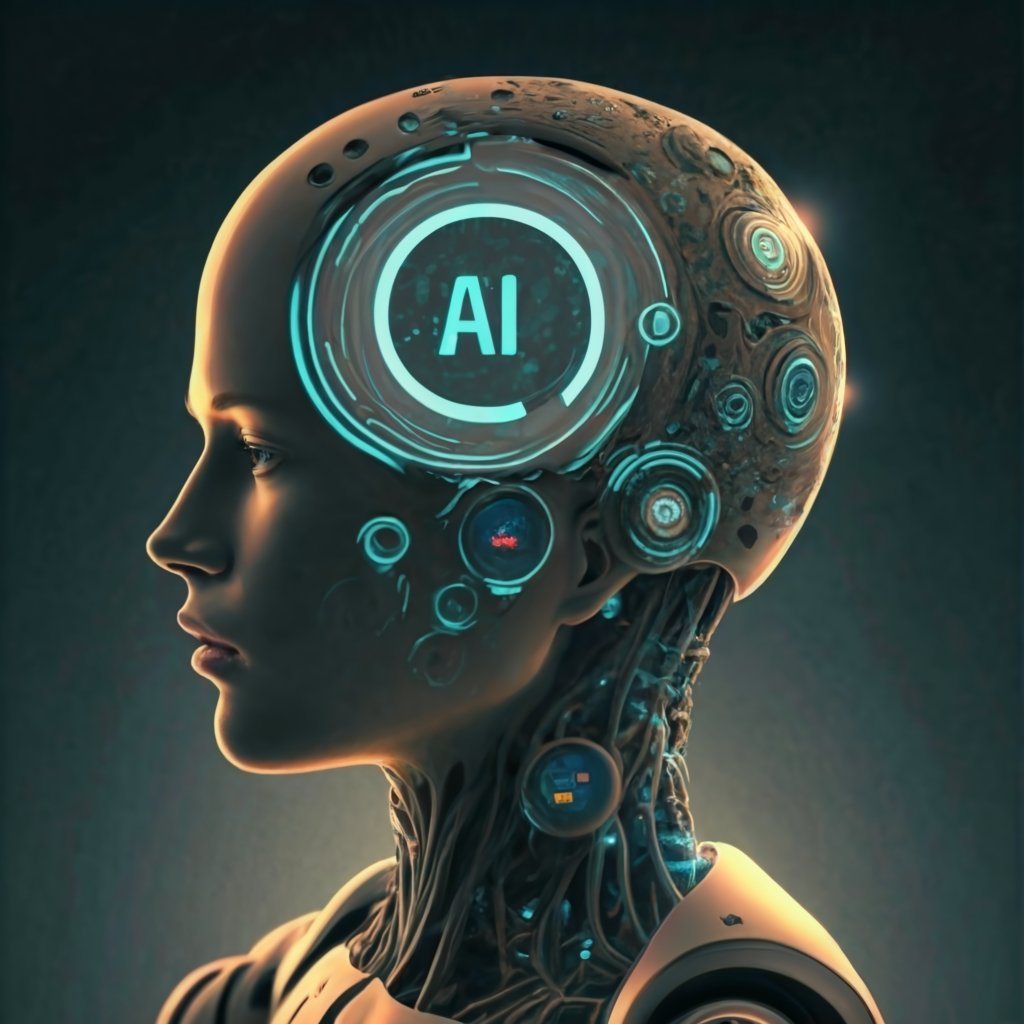
Understanding the Relationship: Is Artificial Intelligence Considered a Software?
Artificial Intelligence (AI) has become a buzzword in the tech industry, with numerous companies and organizations harnessing its power for various applications. But what exactly is AI, and is it considered a form of software? In this article, we will explore the relationship between artificial intelligence and software, examining the characteristics that categorize AI as software and the distinctions that set it apart.
To understand the relationship between AI and software, we first need to grasp what AI actually is. AI is the simulation of human intelligence processes by machines, particularly computer systems. It involves building algorithms and systems that can replicate human cognitive abilities such as learning, problem-solving, and decision-making.
Software, on the other hand, refers to the programs or applications that run on computers or other electronic devices. It is a collection of instructions that enable a computer to perform specific tasks. So, where does AI fit into this definition of software?
AI can be thought of as a type of software, but it goes beyond traditional software in several ways. Firstly, AI software is designed to mimic human intelligence, allowing it to perceive, understand, and respond to stimuli in a manner similar to humans. This requires advanced algorithms and models that can process and analyze vast amounts of data.
One key characteristic that sets AI apart from conventional software is its ability to learn and improve over time. Traditional software is typically static, with predefined instructions that dictate its behavior. In contrast, AI systems have the capability to learn from data, adapt to new information, and refine their performance. This is achieved through machine learning, a subfield of AI that focuses on training algorithms to improve their accuracy and effectiveness based on data inputs.
Another distinction between AI and conventional software lies in the decision-making process. Traditional software follows a predetermined set of rules and instructions to reach a conclusion. In contrast, AI systems can make decisions based on probabilities and statistical analyses. This enables them to handle complex problems and make informed choices even in situations with incomplete or noisy data.
Furthermore, AI software often exhibits a degree of autonomy and autonomy in decision-making. While conventional software relies on explicit instructions provided by human programmers, AI systems can generate their own algorithms, essentially writing their own code. This is evident in the field of generative adversarial networks (GANs), where AI models can create new content, such as images or text, that is indistinguishable from human-made creations.
AI software can be further categorized into various subfields and applications, including AI platforms, chatbots, deep learning frameworks, and more. Each of these applications utilizes AI techniques to solve specific problems and enhance their capabilities.
In summary, while AI can be considered a form of software, it is distinct from traditional software in several aspects. AI goes beyond predefined instructions and demonstrates the ability to learn, adapt, and make autonomous decisions. It leverages advanced algorithms and models to simulate human intelligence and solve complex problems.
As the field of AI continues to advance, it is crucial to understand the relationship between AI and software. While AI builds upon the principles of software engineering, it introduces new dimensions that make it a unique and powerful tool in today’s technological landscape. So, the next time you encounter AI, remember that it is not just software – it is a groundbreaking integration of human-like intelligence and cutting-edge technology.